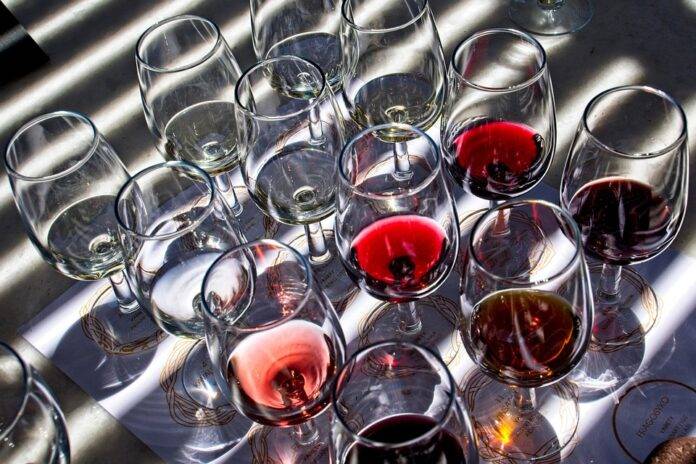Introduction
Natural wine has gained popularity in recent years as consumers seek out more sustainable and organic options in the world of wine. However, despite its rise in popularity, labeling and certification in the natural wine segment remain unclear and confusing for both producers and consumers. This report will delve into the challenges and complexities surrounding labeling and certification in the natural wine industry.
The Rise of Natural Wine
Natural wine is a category of wine that is made with minimal intervention in the vineyard and the cellar. This means that natural wines are typically made with organic or biodynamically grown grapes, and the winemaking process involves little to no additives or manipulation. The result is a wine that is seen as more authentic, expressive of its terroir, and reflective of the winemaker’s vision.
Consumer Demand and Market Trends
In recent years, there has been a growing demand for natural wines among consumers who are looking for more sustainable and environmentally friendly options. According to a report by Grand View Research, the global natural wine market is expected to reach $7.6 billion by 2027, growing at a CAGR of 3.8% from 2020 to 2027. This increasing demand has led to a proliferation of natural wine producers around the world, from small boutique wineries to larger commercial operations.
Challenges in Labeling and Certification
One of the main challenges in the natural wine segment is the lack of clear and consistent labeling standards. Unlike organic or biodynamic wines, which have established certification processes, natural wines do not have a universally recognized certification system. This has led to confusion among consumers, who may not fully understand what constitutes a natural wine, as well as inconsistency among producers, who may use the term “natural” in different ways.
Industry Efforts and Initiatives
Several organizations and industry groups have made efforts to address the issue of labeling and certification in the natural wine segment. The Raw Wine Fair, founded by Isabelle Legeron MW, is one such organization that promotes transparency and authenticity in the natural wine industry. The fair showcases wines that are made with minimal intervention and provides consumers with the opportunity to learn more about the producers and their practices.
Proposed Solutions
One proposed solution to the labeling and certification issue in the natural wine segment is the establishment of a standardized certification system. This system would outline specific criteria that wines must meet in order to be labeled as “natural,” providing clarity for both producers and consumers. Some producers have also taken matters into their own hands by including detailed information on their labels about their winemaking practices, such as whether pesticides were used in the vineyard or sulfur was added during fermentation.
Conclusion
In conclusion, labeling and certification in the natural wine segment remain unclear and inconsistent, posing challenges for both producers and consumers. As the demand for natural wines continues to grow, it is crucial for the industry to establish clear standards and guidelines to ensure transparency and authenticity. By working together to address these issues, the natural wine industry can continue to thrive and meet the needs of a discerning and environmentally conscious consumer base.




